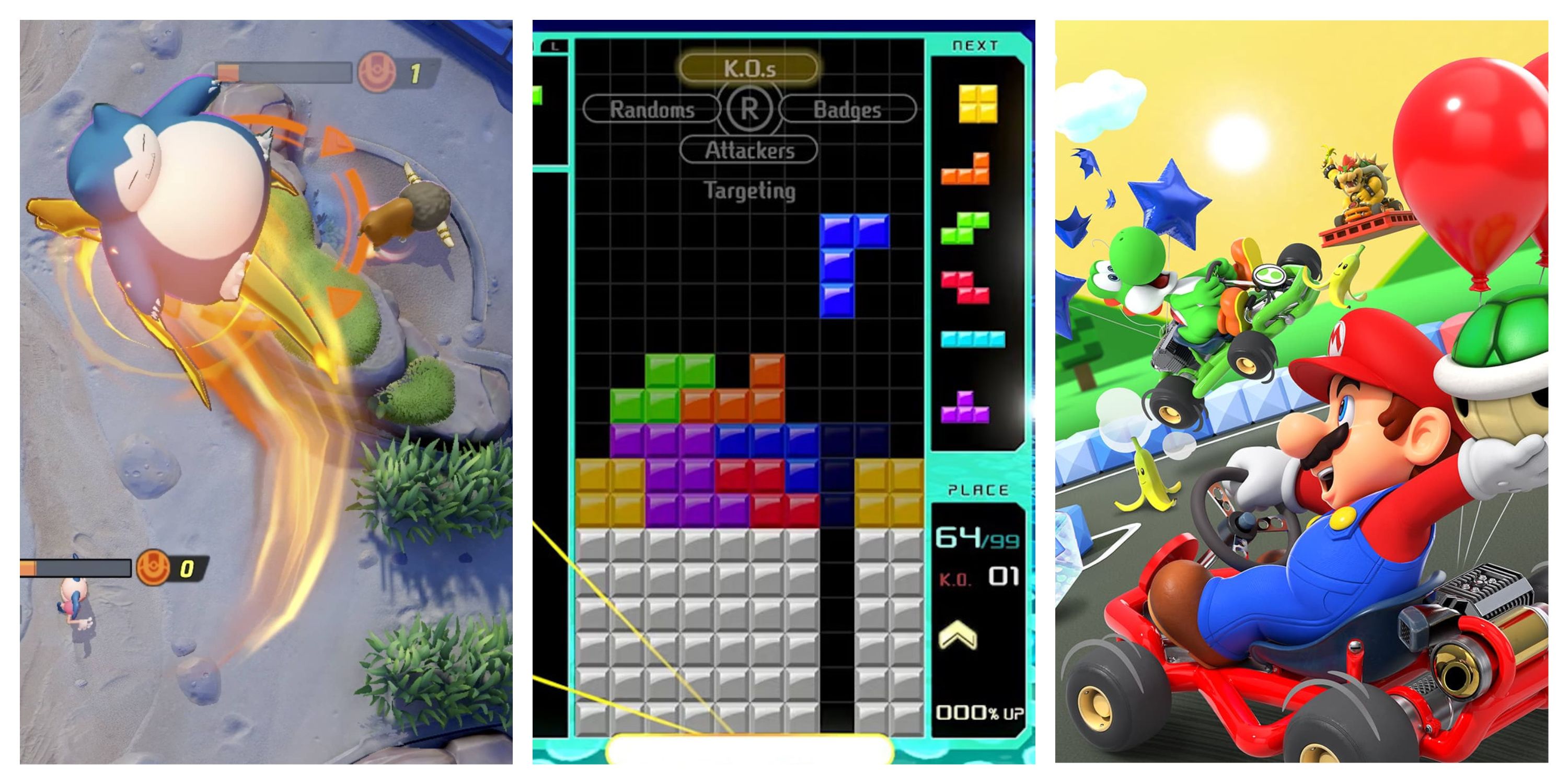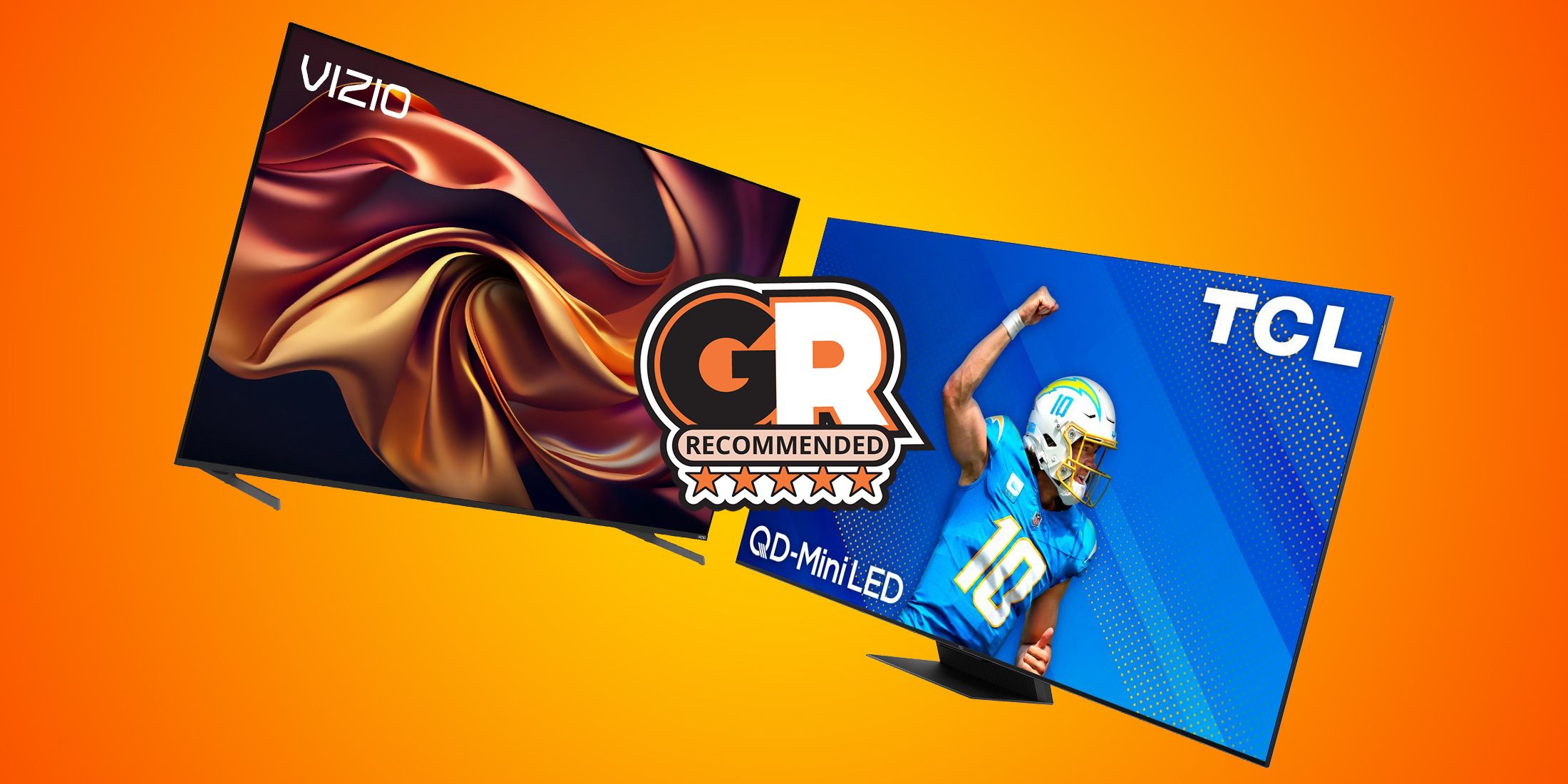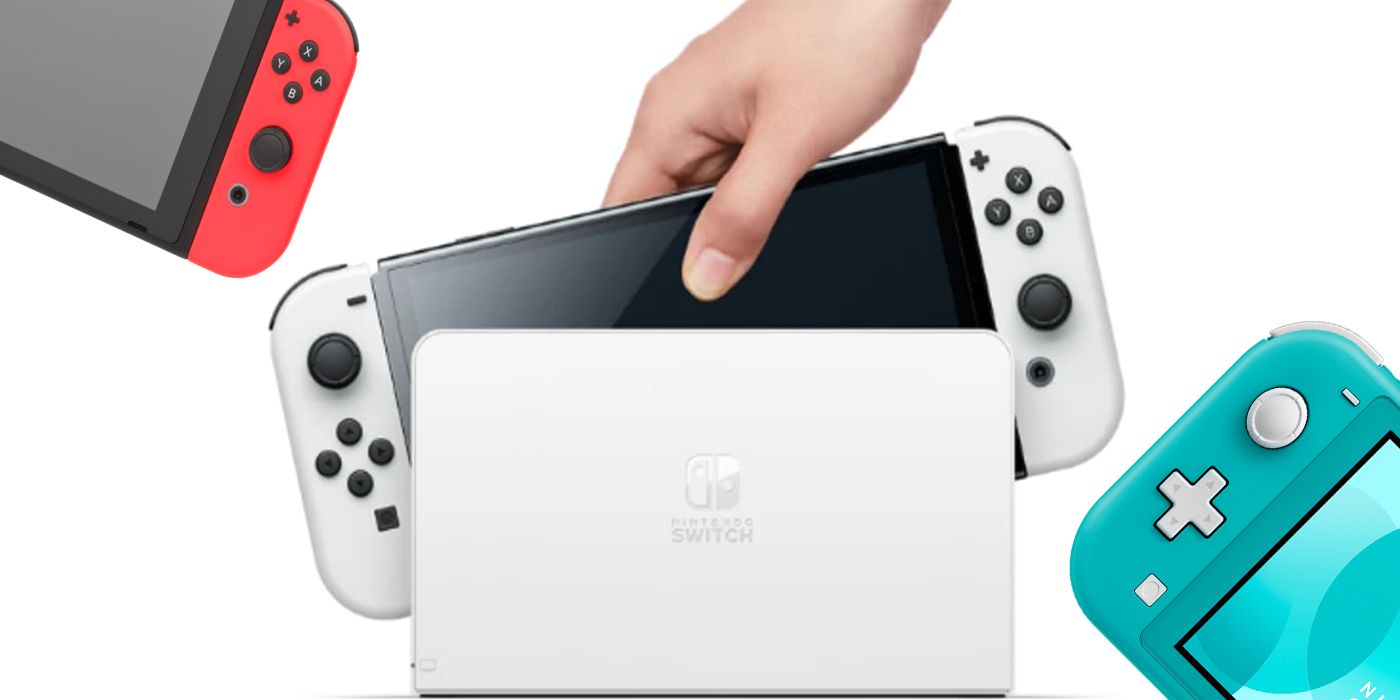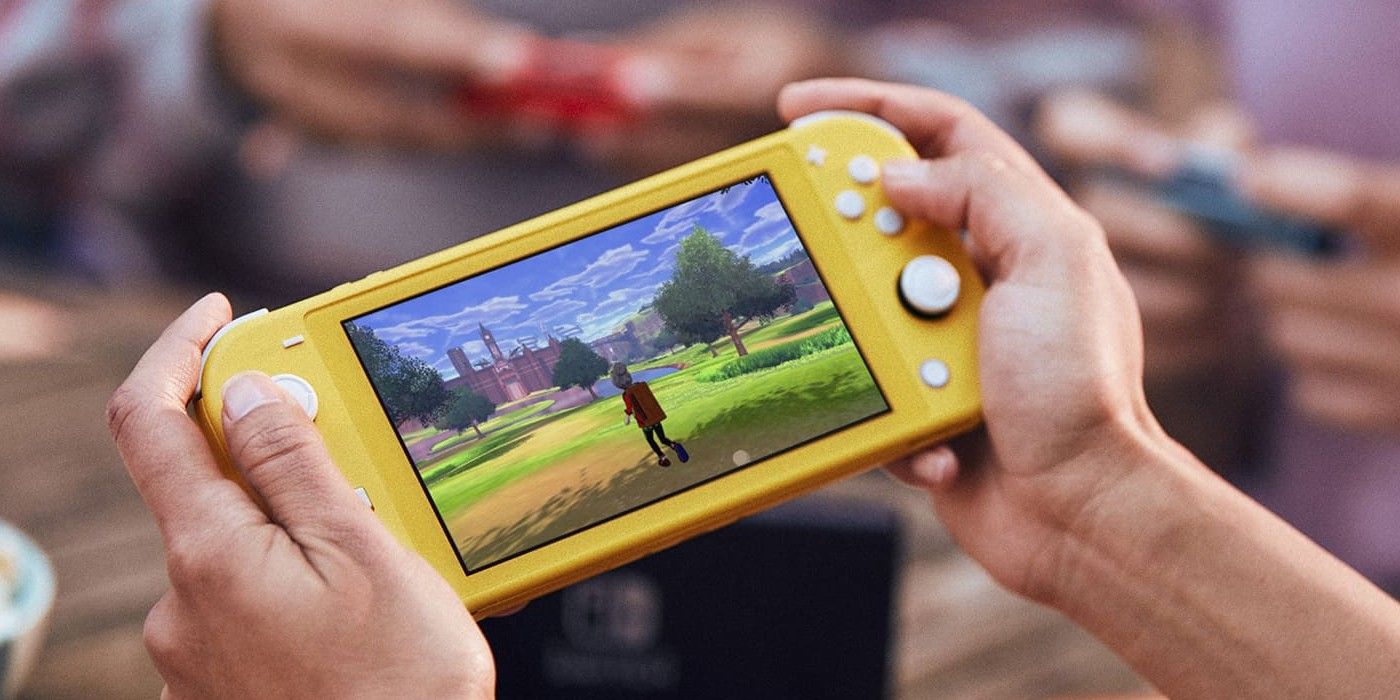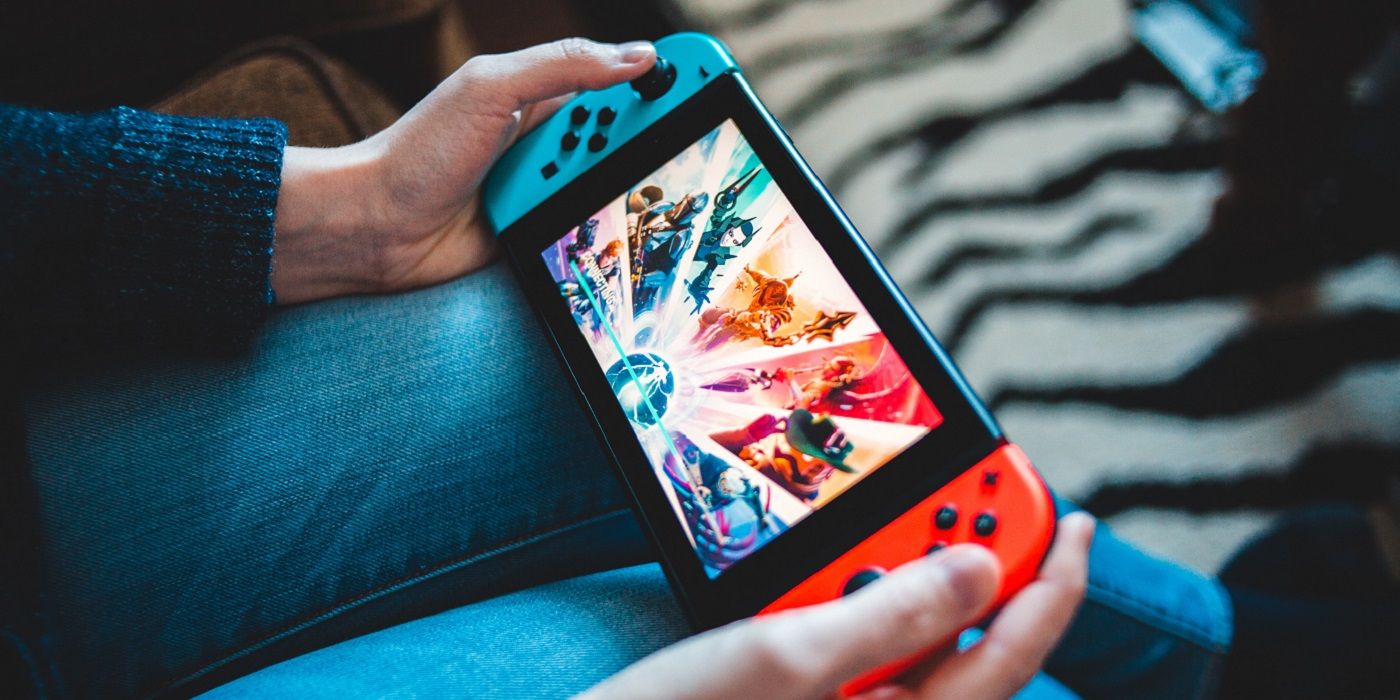Nintendo hasn't been concerned with console power since the Wii era, which makes the new Switch OLED model an interesting half-step for the games giant. Called the Switch Pro leading up to its reveal, the new console hasn't quite lived up to the expectations set in place by early rumors. With that in mind, the question of whether or not it's worth it to upgrade to the Switch OLED is a bit more complicated.
It's an interesting time for Nintendo to launch new hardware, especially with this reveal coming at a seemingly random time. The new Switch OLED model isn't as massive of a leap as some had anticipated – its main claim to fame is the new OLED display, though it's 720p instead of the 4K resolution some had expected – so the right time to announce the device would've been during E3.
That, of course, didn't happen, with Nintendo's Doug Bowser later stating that the company would announce the device when the time was right. Apparently, the right time is now, with the PS5 and Xbox Series X generation winding up and the original Switch's launch almost five years gone. But who, exactly, is the Switch OLED for, and is it worth upgrading to the new console?
Switch Owners
The answer to whether or not it's worth upgrading to the Switch OLED is fairly complicated, as it largely depends on the gamer's current setup. For those that already own a Nintendo Switch console, specifically the non-Lite version, it might be difficult to justify the leap between the consoles. Had the Switch OLED opted for a 4K display in handheld mode, the change would have been a no-brainer. The reality is a bit more complex.
It's hard to undersell how big of a difference an OLED display can really make on a console without seeing it firsthand. The displays are able to conjure up much better contrast than what traditional displays are able to, and that means games are going to look a lot more detailed and all-around sharper. With the Nintendo Switch's display clocking in at just 7" on the OLED model, fans are still going to get crisp images, even if they aren't what 4K would be.
Those that are primarily using their Switch consoles in handheld mode, then, will get a tangible benefit by upgrading their console. Anyone that's still using a launch version of the Switch will especially want to consider upgrading to the Switch OLED, as it also has the same battery life as the updated Switch model, lasting around 4.5-9 hours versus the 2.5-6 hours of the launch version of the console. That's a sizeable difference, especially for those that travel a lot.
However, those that are mostly using their Switch console docked, connecting it to a display that could already be an OLED screen, aren't going to benefit all that much from the trade. The Switch OLED's dock station offers a wired LAN port, which is sweet for downloads and online play, but isn't a massive difference compared to the current setup. Overall, docked users aren't going to get much of a benefit from the system.
Switch Lite Owners
Upgrading from the Switch Lite is even more complicated than the standard Switch model. There are many reasons to opt for the Switch Lite over the standard Switch, budget and preferred use format being the chief examples. The small size of the Switch Lite is another perk for those that travel frequently, and it has better battery life than the original Switch.
For many, the Switch Lite might be considered a secondary console, something to compliment the main experience that serves as a more portable option. For others, the small size is enough of a perk on its own that using it as a primary driver is fine. Those that like the small size might be put off by the Switch OLED seemingly using the same shell as a base Switch, though the OLED display has a smaller bezel, so the screen is still larger overall.
Those that opted for the Switch Lite's small size may find the display more attractive, but that's really the only reason to make the leap to the console. The upgraded battery life of the Switch OLED is another selling point, but the 3-7 hours found on the Switch Lite isn't awful, either. Anyone operating on a budget may also want to stick with their Switch Lite, as $350 is a fair bit to invest into a system that hasn't made massive changes.
Non-Switch Owners
Finally, there are those out there that haven't made the jump to the Switch whatsoever and are currently operating without Nintendo's flagship system. For some, that might because they were waiting for a change just like the ones the Switch OLED model is bringing. For others, they just might not be enamored with the Switch's game catalog or Nintendo itself.
Those that are debating buying a Switch will definitely want to opt for the Switch OLED model. The regular Switch isn't a bad console by any means, but the extra $50 on the price tag is worth it for the OLED display. Keep in mind, the Switch OLED will likely be difficult to find at launch, just as the PS5, Xbox Series X, and even the Switch itself have been over the course of the last half-year or so.
The Switch now has a formidable library of games though, one that's appealing to a much broader audience than Nintendo has catered to in the past. The Switch's sales success makes it an alluring platform for developers to launch their games on, and that means that third-party support is better than it ever has been for Nintendo consoles. While first-party software retains its price for a long time on the system, it seems like Nintendo is always running sales on games from this generation.
The Switch OLED will be the best way to play those games for the foreseeable future, so it makes sense to wait for the OLED for first-time owners. There's a chance that a true "Switch Pro" will come along at some point, the Nintendo might not want to muddy the waters too much with its naming conventions.

